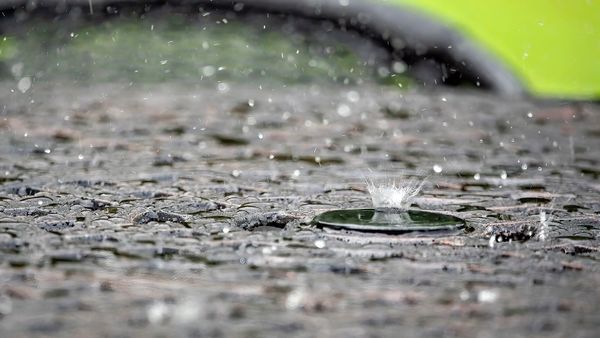
Key Takeaways
- Overall, summer weather has little impact on the vibrancy of fall foliage, with the color of leaves determined more by the presence of pigments that become visible as chlorophyll production decreases in autumn.
- The best fall leaf displays are influenced by late summer and early autumn weather, requiring clear, sunny days and chilly (but not freezing) nights to enhance pigment production and retain sugars within the leaves.
- A wet summer does not guarantee more brilliant fall colors; in fact, heavy rain or wind can prematurely remove leaves before they change color, and a wet, overcast fall can diminish the vibrancy of red leaves due to reduced sugar production.
You may have heard that a wet, unseasonably cool summer has two benefits – it lets us get through one more season without having to wear shorts, and rain produces the most brilliant foliage come fall.
Summer's not for everyone. But what of this "unseasonable summer means perfect fall" talk? Is it just another way for rain worshippers to revel in everyone else's sad summer? Before we banish our sun-averse friends to a cave from June to August, let's take a look at what exactly happens when leaves change their colors as the seasons change.
Advertisement
We'll start with a little leaf primer. First, what "makes" the fall color of a leaf is present from its formation – every leaf already contains pigments. When we see leaves in the height of summer, their green color comes from production of lots of chlorophyll – that green pigment that allows plants to make food from carbon dioxide and water – resulting from all the sunlight they're getting. As sunlight fades during the fall, chlorophyll production decreases and leaves lose their green [source: Strauss]. Without that green present, the other colors already in the leaves take center stage. Yellow pigment is produced by xanthophyll, orange-red color is caused by carotene and the reddish-purple color comes from the anthocyanin pigment [source: NOAA].
All fun stuff and a great topic of chitchat at autumnal gatherings, but what about the question at hand – is there a predictor for a more brilliant fall, or any way to guess when the leaves will be at their best? The answer is a little bit yes and a little bit no. Summer weather won't do much to influence foliage color. As we said, chlorophyll is still going strong during summer. It's actually the very late-summer, early-autumn weather – September to October, the time when leaves begin to turn anyway – that affects leaves' appearance. What leaves really need for a good display during this time is clear sun in the day, with nights that are a bit chilly – but not freezing. The warm sun provides the sugars needed for pigment production, and the cold makes sure the sugars don't travel far from the leaf [source: U.S. Forest Service].
Further, it's not rain that determines whether leaves are vividly colored. In fact, in some ways a wet summer would be detrimental to fall leaves – heavy rain or wind could knock leaves off before they have a chance to turn. However, a wet fall with lots of rain and overcast skies could mean the red leaves are less brightly colored. That's because without bright sunlight, the trees make less sugar, so there's no excess sugar around to form those bright pigments [source: U.S. Forest Service].
Advertisement


